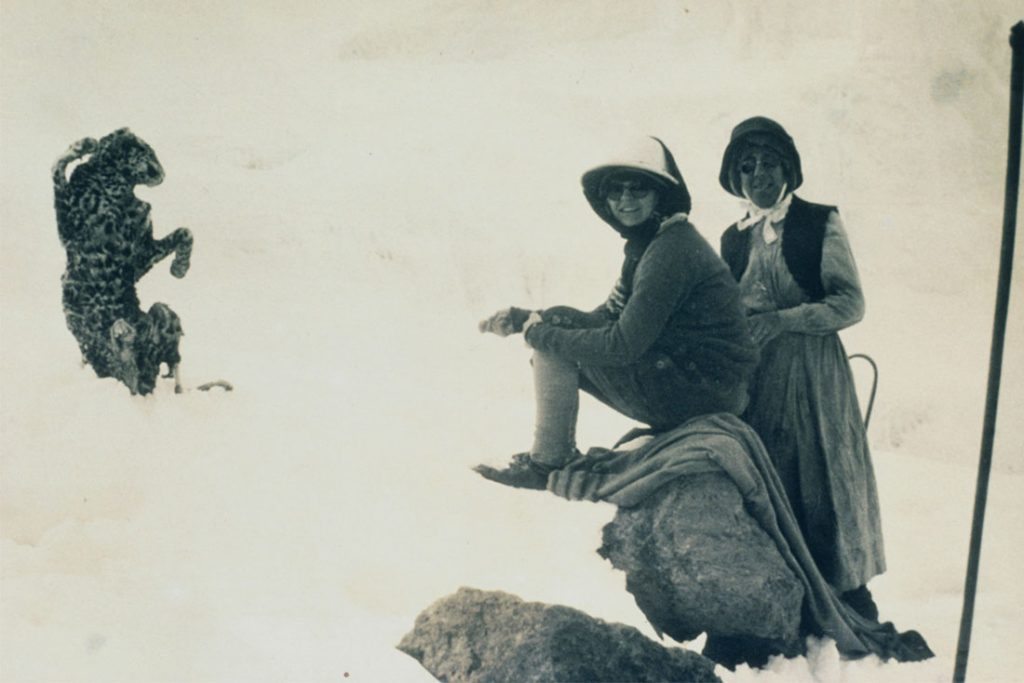Mount Kilimanjaro is a fascinating place with diverse life forms. Yet, during your climb, you may notice there is very little wildlife. There are two main reasons for this. First, most animals cannot survive on Kilimanjaro at such high altitude. Second, animals tend to avoid people.
The high number of visitors to the mountain has made the surrounding areas less attractive for wildlife compared to other parts of Tanzania. If your goal is to see Africa’s famous animals in their natural habitats, a safari in the Serengeti, Ngorongoro Crater, Lake Manyara, or Tarangire National Parks would be more suitable.
Despite the low number of animals, This doesn’t mean that your climb is going to be devoid of animals. You can still get your wildlife fix on the mountain, but unlike safari parks, you’ll need to work a little harder to see the creatures that call Kilimanjaro home.

Jungle / Rainforest
On your drive to the trailhead, you’ll pass through the cultivation zone. Along the way, you may see a few animals like bush babies. These cute little creatures look like a cross between a squirrel and a stuffed animal.

There is also hyrax, which are distant relatives of elephants but resembles something closer to a stubby mongoose.
Once in the rainforest, the odds of seeing animals greatly increase. Unfortunately, most of them will hide when they hear you coming.
The animals you’ll likely see are primates such as blue monkeys, who aren’t bothered by humans.

The primate that you want to keep an eye out for is the colobus monkey, which is shy, by comparison. Your best shot at catching a glimpse of one of these beauties is to keep the noise level down and watch the trees for flashes of black and white. The easiest thing to spot about the colobus monkey is its tail; it’s so long and flowing that you may mistake it for white moss (old man beard) hanging from the trees.
Colobus Monkeys at the Lemosho Trailhead
Although it isn’t likely, you could run into an aardvark at the lower elevations. There’s nothing to fear from these odd-looking creatures, as they’re nocturnal and pose no threat to humans. Honey badgers, by comparison, are dangerous, and on the off-chance that you spot one, you should keep your distance. There’s a very good reason why they don’t have many natural predators.
Heather/Moorland, Alpine Desert, and Artic or Summit Zones
Once you pass through the forest, you’ll be in the Heather/Moorland zone. Here you’re a lot less likely to notice any wildlife.
With fewer people climbing during the pandemic, animals have ventured back into this region. Guides have even spotted a lion at Shira One camp. But, that is pretty rare.
Despite the high altitude, there is one creature you may see—the four-striped grass mouse. It’s one of the only creatures that can survive at higher altitudes. Where there are humans, there is food. They’re not as terrified of us as most other animals usually are. You may well see them at the camps since mice will often find shelter inside the Horombo Huts.
Occasionally, you may have a couple of dik-dik run through the camp on the Shira Plateau.
Dik-Dik
Above this zone, there is the Alpine Desert and Artic or Summit zone. The only wildlife that you will frequently spot now will be the White-Necked Raven and maybe a few Dusky Turtledoves.
White-necked Raven and Dusky Turtledoves
Truth or Fiction?
Over the years, there have been some unusual sightings on the mountain.
Pastor Richard Reusch and Ernest Hemingway

Reusch was a missionary for the Lutheran Church, a former officer in the Cossack army, and a long-time Marangu resident. Reusch climbed the mountain on no less than 40 different occasions. During his first attempt at the summit in 1926 he discovered (or rediscovered, there is some dispute who saw it first) the frozen leopard on the crater rim. Hemingway wrote about the carcass in his 1936 short story “The Snows of Kilimanjaro”
“Close to the western summit, there is the dried and frozen carcass of a leopard. No one has explained what the leopard was seeking at that altitude”
The leopard has long since disappeared from the mountain, and no one knows whether it was even there in the first place.
On another occasion, in 2011 a group of four tourists reported seeing a dog near the summit. One of the climbers took a photo. A Kilimanjaro Guide said he saw the same dog near Barranco Valley a decade earlier.
Additional Animal Sightings
If you’re on the Rongai route, you may have even better luck with animal viewing. Amboseli National Park (on the Kenya side of the border), is nearby. From there, elephants and a few other animals often wander toward the mountain. You might have a chance of seeing some buffalo. There is a well-preserved buffalo carcass along this route.
If birds are what you’re looking for, there are birds almost everywhere around the mountain. Of more interest is the silvery-cheeked hornbill, which you’re most likely to find near fruit trees. If you’re really lucky, you might catch a glimpse of a malachite sunbird. These little guys flitter around the flowers where they feed. If you see one, it’ll mnost likely be a male. They’re black, mingled with metallic green, and little scarlet tufts on the sides, along with a long skinny beak with a slight hook near the end. The females have the same features, but are brown.
Final Thoughts
If animals are your prime focus, we recommend a safari. While you shouldn’t expect your Kilimanjaro climb to be a trip to the zoo, you’ll surely see animals along your trek. Book your adventure today and see if you are lucky enough to spot Kilimanjaro’s elusive wildlife.



